Este post também está disponível em:
Português
English
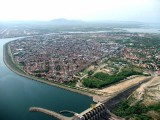
Paulo Afonso in Bahia is in a privileged region for its natural beauty, which involves canyons, waterfalls, ecological reserves and everything you need for adventure tourism.
Visitors can practise bungee jumping, wall climbing, abseiling, bicicross and rallying;
The region of Paulo Afonso offers architectural and cultural riches, such as the mansions from the period of Portuguese colonisation, the Casa de Maria Bonita Museum, the Open-Air Museum of Rupestrian Arts with paintings from nine thousand years ago and the Church of São Francisco de Assis.
The city also has a variety of natural attractions, such as the Serra do Umbuzeiro, a walk along the “Velho Chico”, the famous São Francisco River, the Paulo Afonso Waterfall and the Raso da Catarina ecological reserve.
It is also possible to visit fish farming centres and the facilities of the São Francisco Hydroelectric Company – the largest underground power station complex in the country.
The city of Paulo Afonso developed as a result of the Paulo Afonso Hydroelectric Complex.
The dams in the bed of the São Francisco River formed reservoirs that transformed the area of the Centre into a curious artificial island.
The most prosperous city in the region, with tree-lined, wide and well-signposted avenues, it is the starting point for the beautiful landscapes of Raso da Catarina.
Videos about Paulo Afonso


Pontos Turísticos de Paulo Afonso na Bahia
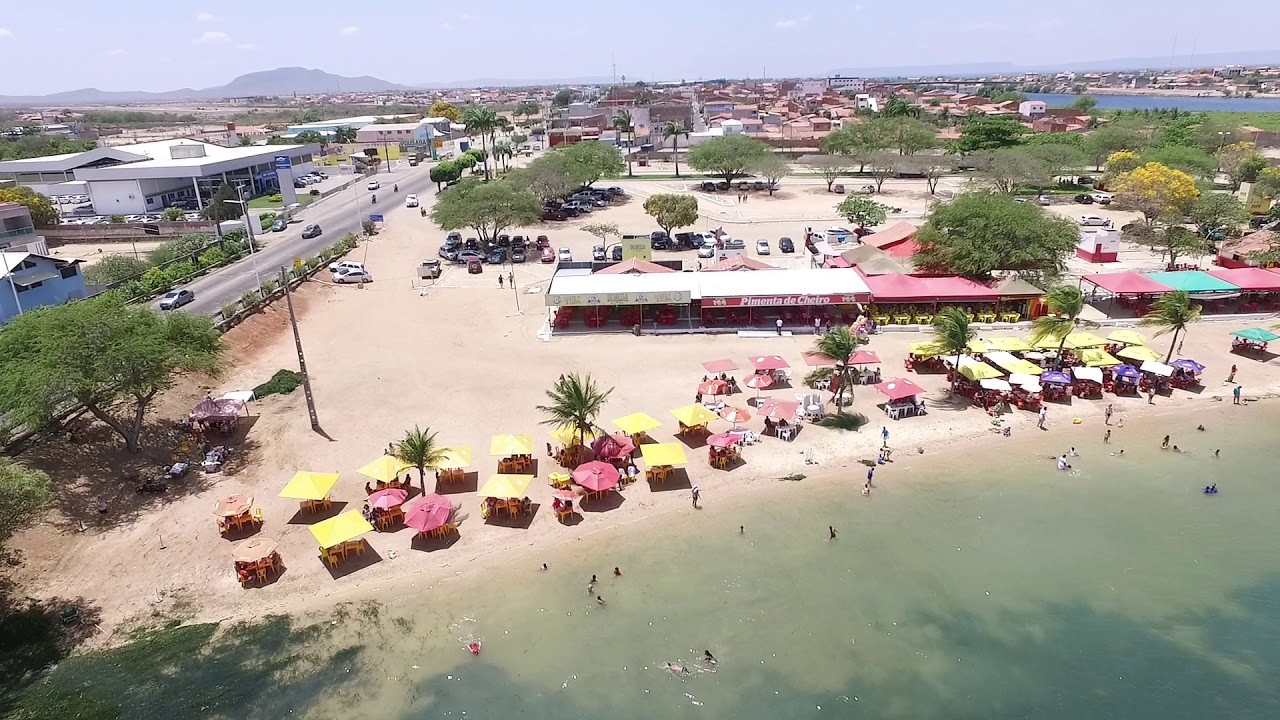
Drone faz Tour pela prainha de Paulo Afonso03:57
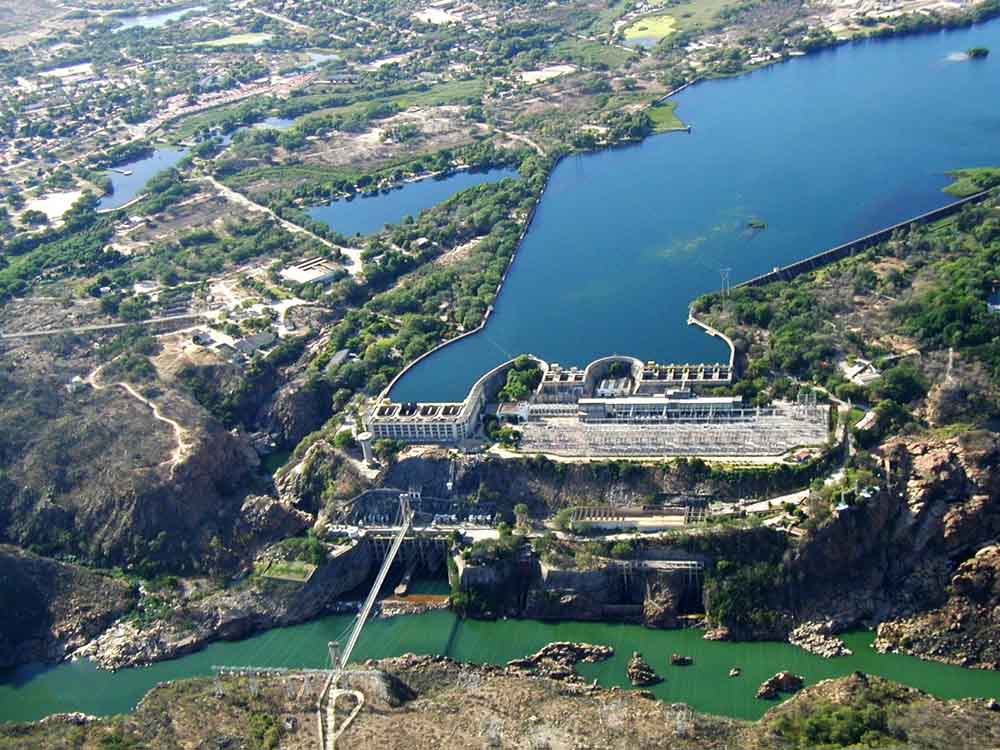
Paulo Afonso Guia Turismo04:49

Serra do Umbuzeiro em Paulo Afonso01:17
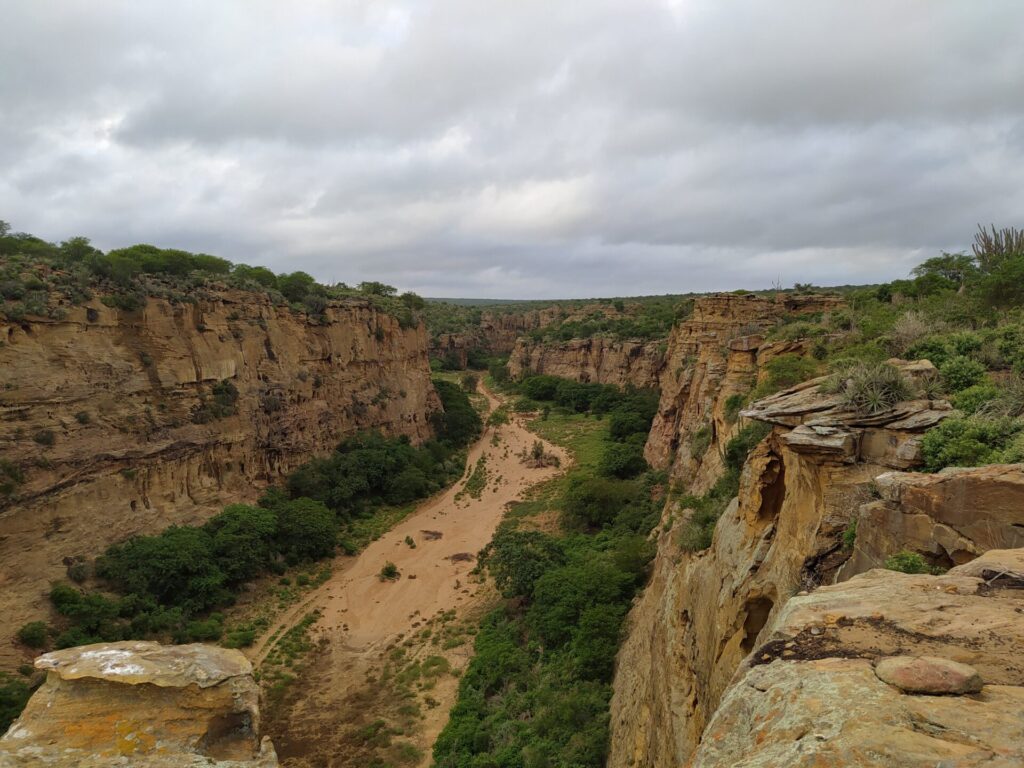
Raso da Catarina - Sertão Baiano01:00
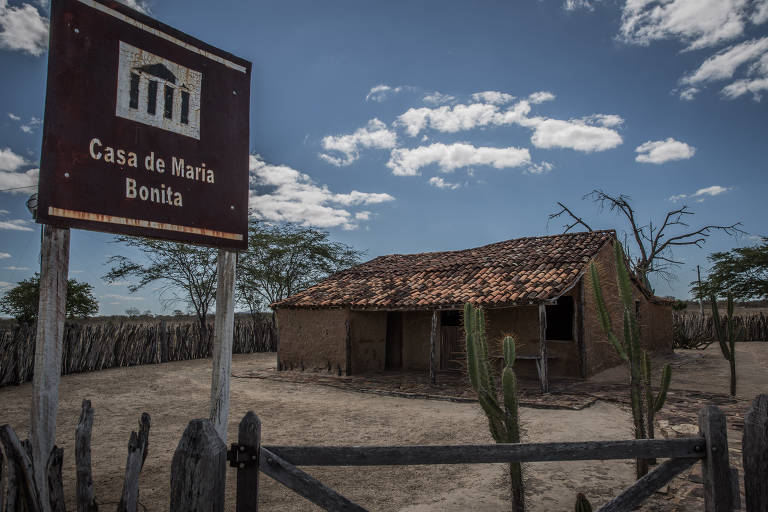
Museu de Maria Bonita25:49
History of Paulo Afonso
The city of Paulo Afonso in Bahia, located on an island in the São Francisco River, originated as a settlement in 1725 on the sesmaria of Paulo Viveiros Afonso.
In 1913, businessman and engineer Delmiro Gouveia built the Angiquinho hydroelectric power station on this stretch of the river, which operated until 1960.
On the São Francisco River, which is navigable in the vicinity of Paulo Afonso, catamaran trips can be made and water sports practised. Local handicrafts include leather goods, straw, lianas, hammocks and lace. The tourist structure is satisfactory.
See the map Lagos de São Francisco.
On 15 January 1955, the Paulo Afonso Hydroelectric Power Plant was inaugurated in the São Francisco River, in Bahia, by the then President of the Republic, João Café Filho.
The construction of the hydroelectric plant took place mainly during the second government of Getúlio Vargas and represented a real revolution in the infrastructure of the Northeast. Until the inauguration of Paulo Afonso, the electricity supplied to the region was generated by thermoelectric plants.
The idea of harnessing the waterfalls of the River Francisco was a very old one. In 1859, King Pedro II visited the Paulo Afonso waterfall. Impressed by what he saw, he ordered studies to be carried out into the waterfall’s potential for generating energy.
But it fell to the visionary industrialist Delmiro Gouveia to build the first electricity generation unit, the small Angiquinho Plant, created in 1913.
The construction work in Paulo Afonso, “in the heart of Brazil”, on the banks of the great waterfalls and on the edge of the canyon of the São Francisco River, required great efforts.
The company built a large camp with more than 2,000 homes, restaurants, a gymnasium and large schools, social clubs, a food co-operative and a hospital. The sheer size of the works and the beauty of the region have always attracted visits from Brazilians and foreigners.
Chesf then decided to set up a real receptive structure and created the Visitors’ Room, located in Praça das Mangueiras, the room had a group of guides who accompanied visitors on visits to Chesf.
In addition to this service, Chesf invested in offering conditions to cater for tourists, mostly students from all over Brazil.
It improved access, created viewpoints, set up aquariums on Ilha do Urubu, replaced the old wooden cable car that went from Morro do Teleférico to Ilha do Urubu with another, Austrian, which is located on the initial part of the canyon of the São Francisco River, 100 metres high at a distance of 300 metres between the states of Bahia and Alagoas.
Tourist Attractions of Paulo Afonso BA
1. Paulo Afonso Waterfall

The Paulo Afonso Waterfall is formed by several waterfalls that spread out over the granite rock, cut into platforms resembling immense steps.
The abundant volume of water falls over the “steps” forming huge areas of very white foam that descend through the rock at a height of approximately 80 metres.
2. Maria Bonita’s House
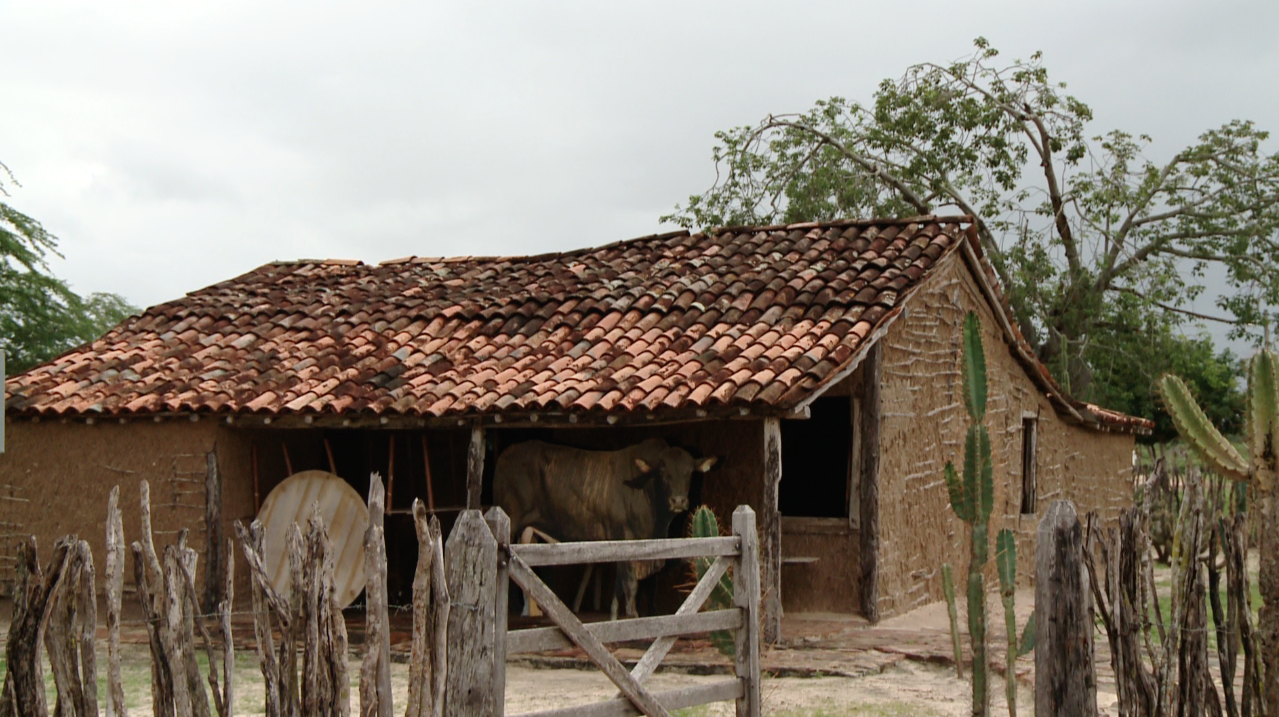
The house where Maria Gomes de Oliveira was born, the cangaceira MARIA BONITA, the queen of the cangaço, is located in the village of Malhada da Caiçara, in the rural area of the municipality, 38 km from the centre of Paulo Afonso/BA, keeping the same architectural line (plaster house).
Maria Bonita lived in the house before fleeing with the gang of Lampião.
There is the “CASA DE MARIA BONITA MUSEUM”, open to public visitation. The attraction is part of the Canyon and Cangaço Route. Find out more at the Paulo Afonso Tourist Agencies.
It has been transformed into a museum, where you can see objects, references and reproductions of photos of the cangaço.
25 kilometres from Paulo Afonso, there is a small and beautiful group of popular buildings amidst the rustic landscape of the semi-arid region of Bahia.
There you’ll find the ruins of the house of Mrs Generosa, Lampião’s coiteira, famous for promoting perfumed dances that attracted the cangaceiros throughout the sertão.
The complex also includes a chapel with a cross in front of the adjoining cemetery. Just ahead are three more houses.
Mrs Generosa then prepared the ball for the king of the cangaço and his gang. Generosa Gomes de Sá, who died in the 1950s at the age of 114, “hired the women and the musicians and organised the dances.
What we call forró, they called baile. The symbols carved by the coiteira in the chapel stand out, which are the same stars that appear on the hats of the cangaceiros.
The houses and the chapel were built by Mrs Generosa in 1900, who hired masons from Pernambuco to make the adobe, since in the region only rammed earth buildings were built.
3. Hydroelectric Complex
The São Francisco Hydroelectric Company – Chesf – began the construction of its plants in Paulo Afonso in 1949. Today, 5 large hydroelectric plants are installed in the region, within a radius of 4 km, the Apolônio Sales Plant, on the border of Paulo Afonso-BA and Delmiro Gouveia-AL and the Paulo Afonso Plants, I, II, III and IV that produce 4,300 MW of electricity.
Together with the Luiz Gonzaga plant in Petrolândia and the Xingó plant on the border between the states of Sergipe and Alagoas, the Paulo Afonso Hydroelectric Complex is responsible for 83.4% of all the energy produced by Chesf, which is 10.7 MW. The PA.IV Plant, which produces 2,462 MW, has one of the largest caverns in the world. It is 210 metres long, 24 metres wide and 55 metres high.
For the operation of the power plants, large dams were built that form immense lakes in the region. The Moxotó Dam, with 1 billion cubic metres of water, feeds the Apolônio Sales Power Station. From it flows a canal to the Paulo Afonso IV Dam. The canal created the Paulo Afonso Island.
On the tour of the Paulo Afonso Hydroelectric Complex, lakes, waterfalls, native vegetation, narrow bridges and flowers, many flowers.
4. Squares, churches and monuments
4.1 Igreja de São Francisco de Assis
Roman Catholic church built in 1949 on a small hill. Its structure is made of local stone. The nave is 90 square metres and its wooden bench seats 60 people.
Left side tower with bronze bell 9 metres high. On the background wall, an image of St Francis of Assisi, patron saint of the city, printed in high relief.
4.2 Praça das Mangueiras
Built in the late 1940s, the Parque das Mangueiras has a beautiful garden, artificial lake, bridge with light fountain, car park, children’s playground, space for events, as well as the installation of a special lighting system, and is an excellent meeting point for the Paulafonsina family and tourists.
5. Rock Paintings
More than 100 archaeological sites in the São Francisco canyon region in Paulo Afonso, with rock paintings dating back nine thousand years, are protected by the Open-Air Museum of Rock Art.
The rock art, which are signs and figures painted by primitive men on rocks and cave walls, are engraved on granite rocks in the Bahian hinterland.
6. Raso da Catarina Ecological Reserve
The ecological reserve of Raso da Catarina is divided into a biological and indigenous reserve, with an extension of 6,400 km², covered with caatinga vegetation and a typical desert climate: during the day the temperature reaches 40°C while at night it is up to 10°C.
Families of the Pankararés Indians live at the entrance to the dry canyon in the so-called Baixa do Chico, which has beautiful rock formations sculpted by the wind resembling castles, a tower and a bishop on a chessboard. Another resembles a large Gothic cathedral.
The predominant flora is of xique-xiques, mandacarus, crowns-of-faith, facheiros, palmatórias, diverse types of bromeliáceas, as the macambira and trees as the juazeiro, umbuzeiro, jatobá, pereiro, The fauna is rich in variety of birds with colourful plumages and small animals and refuge of some species of micos and the ararinha-azul.
The tours are always made with the presence of a local guide and need to be booked in advance to meet the standards of Ibama and Funai.
7. Serra do Umbuzeiro
The Serra do Umbuzeiro, located in Povoado Riacho, 20 kilometres from the centre of Paulo Afonso, on the BR-110, is the setting for a good walk to the cruise, at its highest point.
The walk involves contact with the typical vegetation of the semi-arid region, beautiful sandstone rock formations, caves, caverns and rock paintings. From the top of its 536 metres you have a fabulous 360-degree view of the municipality of Paulo Afonso.
8. Catamaran ride
The city of Paulo Afonso has one more tourist attraction and one more leisure option. Enjoy the most beautiful landscapes of the São Francisco River Canyon aboard the Catamaran Raso da Catarina. The tour lasts approximately 3 hours and 1 (one) hour for swimming.
The São Francisco River Canyon is formed by a deep valley, carved into the rock. The slopes present themselves with various forms of relief formed by the erosive action of water and winds.
Of the 65 kilometres of the canyon, which begins in Paulo Afonso and runs to the Xingo Dam, 17 kilometres of natural canyon with granite walls over 110 metres high are in the municipality of Paulo Afonso.
The Canyon can also be enjoyed from numerous locations with the highlight being the view from the Metallic Bridge that connects the States of Bahia and Alagoas on BR-110.
How to get to Paulo Afonso
From Salvador it is possible to travel by plane, bus or car. By land it is 460 kilometres via the BR-110 highway. The municipality is located in the northern region of the state, at a confluence point between the states of Bahia, Alagoas, Sergipe and Pernambuco.
Bahia.ws is the largest tourism and travel guide for Bahia and Salvador.



















